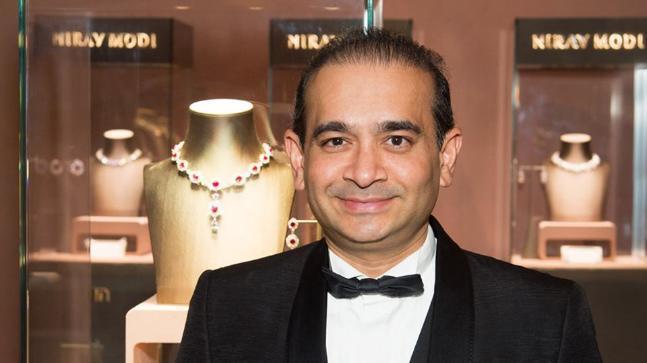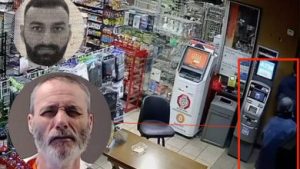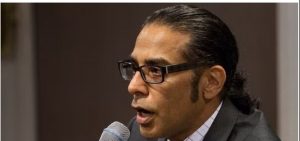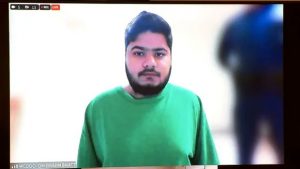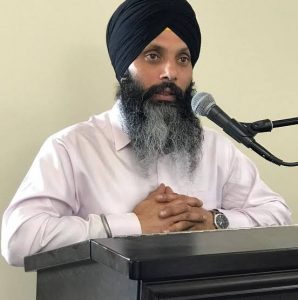Nirav Modi, the Gujarati diamond businessman who
escaped India in 2018 after allegedly defrauding Punjab National Bank (PNB) for
over Rs 11,000 crore, is now a step closer to being extradited to India from
the United Kingdom (UK).
Nirav Modi lost the appeal in London High Court on
Wednesday against being sent back to India for the fraud case trial. Lord
Justice Jeremy Stuart-Smith and Justice Robert Jay passed the verdict to allow his
extradition to India.
Also Read: Nirav Modi loses appeal in UK court, to be extradited to India
The PNB scam refers to the issuing of forged
Letters of Undertaking (LoUs) by the Punjab National Bank in 2018. The scam is
estimated to be the biggest fraud in Indian banking history.
The scam stunned India’s financial sector as it was a fraud
of Rs 11,400 crore in a single branch of Punjab National Bank at Brady House,
Mumbai.
Also Read: Facebook parent Meta lays off over 11,000 employees
Key accused in the PNB scam were Nirav Modi, Mehul
Choksi (Nirav Modi’s maternal uncle), some other relatives, and a few PNB
employees. Nirav Modi escaped India in early 2018 before the scam became
public.
An LoU is a written promise by the issuing bank to the
holder of the LoU, primarily some other bank, that it would undertake to pay
the specified sum of money on a certain date as mentioned on the instrument.
Also Read: Twitter set to launch ‘Official’ tag for select accounts
Bankers issued fake Letters of Undertaking (LoUs)
without securing cash reserves or collateral and also without posting the
transaction in the bank’s books of accounts. The LoUs were opened in favor of
Indian banks for importing pearls within a year, for which Reserve Bank of
India (RBI) guidelines specify a total time period of 90 days from the date of shipment.
The said guidelines were overlooked by foreign
branches of Indian banks. They failed to share any document or information with
PNB, made available to them by parties at the time of availing credit from them.
Also Read: Central Bank of Russia explores crypto’s place in financial system
Nirav got his first fake LoU on March 10, 2011, and
the tally continued to 1,213 over the next 74 months.
The Enforcement Directorate (ED) traced bank token
devices of foreign bogus companies used by Nirav Modi to transfer funds.
Later, the ED also found that Nirav’s brother Nehal
Modi destroyed devices and also secured a server located in the United Arab
Emirates (UAE). These firms based in tax havens globally had been receiving
fake PNB LoUs.
Also Read: Six years after demonetisation, Indians have highest-ever cash in hand
Nirav and his associates presented those LoUs in Hong
Kong to secure buyers’ credit from the branches of Allahabad Bank, Union Bank,
Axis Bank, Bank of India, and State Bank of India. PNB employees misused the
SWIFT network to transmit messages to these banks on fund requirements.
SWIFT (Society for Worldwide Interbank Financial
Telecommunication) is a cash transfer service that connects all international
banks worldwide.
Also Read: Twitter delays launch of $8 subscription plan for blue ticks until end of midterms: Report
The scam unfolded in January 2018 when officials from
three diamond firms approached Punjab National Bank for credit to import rough
stones from overseas, and the bank sought a 100% cash margin since there was no
pre-sanctioned limit for these three firms.
The concerned firms countered the bank’s demand
claiming that they have been availing this facility for a long time. However,
the bank’s records had no reference to any such transactions, which came up as
the first alarm. This caused the bank to conduct an internal probe.
Also Read: US employers add 261,000 jobs in October, unemployment rate up at 3.7%
The investigation revealed that two bank employees in the past had fraudulently issued LoUs to the said firms without following the
mandates.
The three firms included Solar Exports, Stellar Diamonds, and Diamonds R US. On January 29, 2018, PNB lodged an FIR with CBI claiming that fraudulent LoUs worth Rs 280 crore were first issued on January 16.

